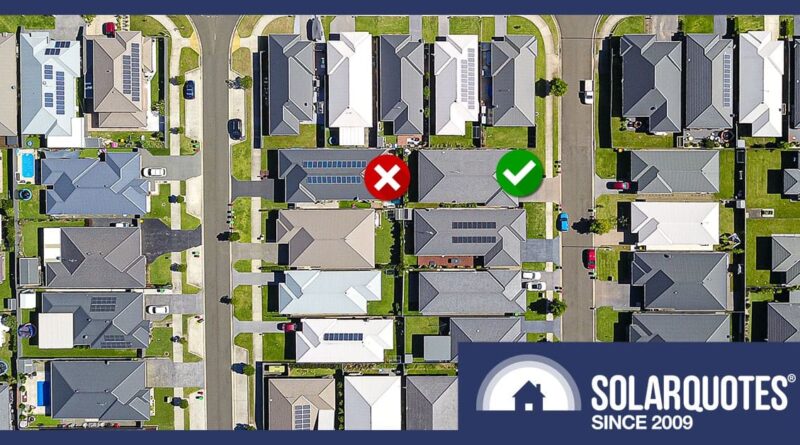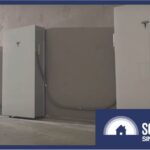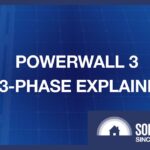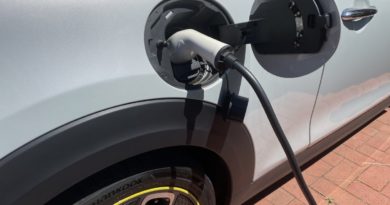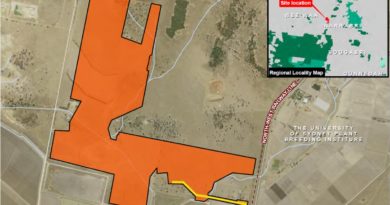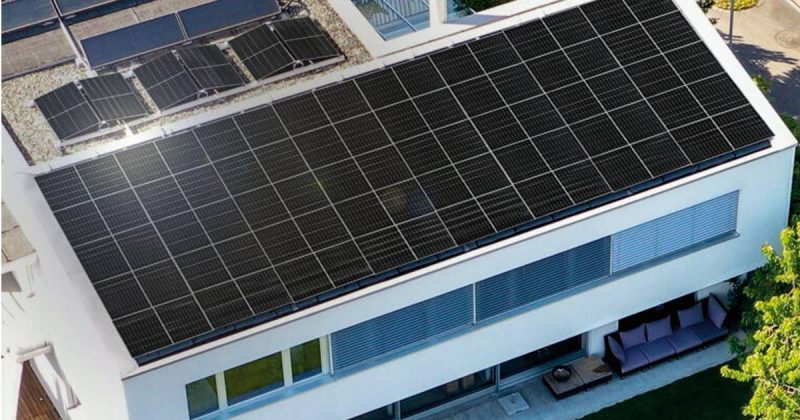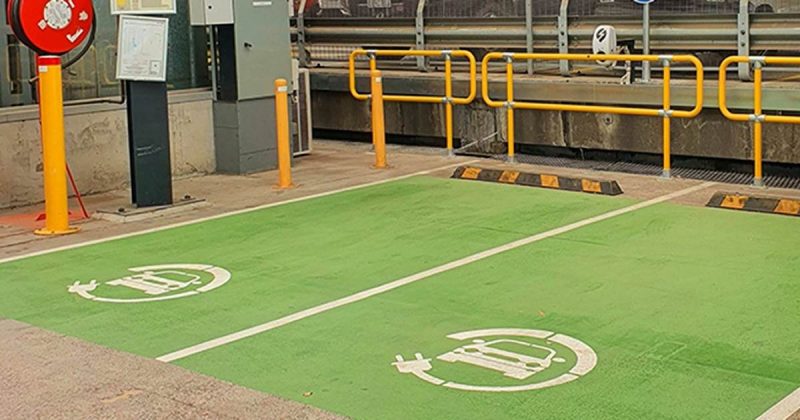Powerwall 3: When It Makes Sense and When It Doesn’t
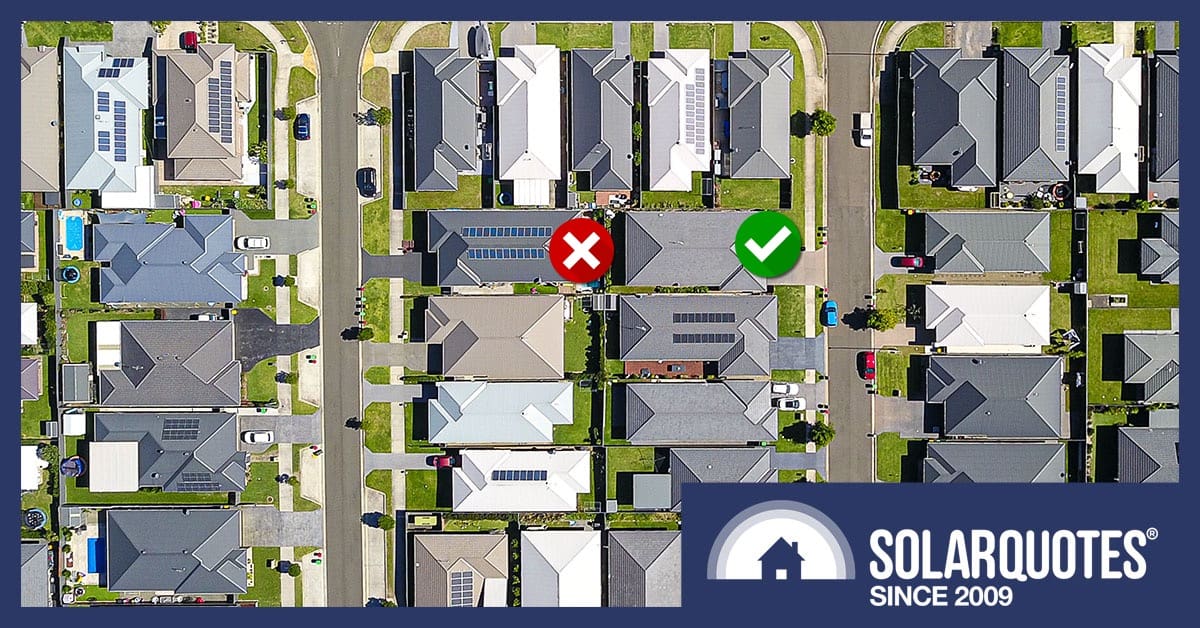
Tesla’s Powerwall 3 has just launched in Australia and caused quite a stir. But is it the right choice for every Aussie household that wants a home battery?
I’m here to cut through the hype and give you the lowdown on when the Powerwall 3 shines and when you should look elsewhere.
The Powerwall 3’s Star Features
Here’s what makes the Powerwall 3 stand out compared to the Powerwall 2:
- Integrated 10kW solar hybrid inverter.
- Impressive 11 kW power output from the battery.
- High surge current means it can kick-start the gruntiest of machines when the grid goes down.
- The promise of easy-to-add, good-value energy expansion packs.
- $1,500 more expensive than Powerwall 2.
When Powerwall 3 Makes Sense
- Starting from scratch: If your roof is a blank canvas or your existing system is ready for retirement, the Powerwall 3 could be a great choice. It’s designed to handle up to 20kW of solar panels, enough to cover most Aussie roofs. The integrated inverter means a quicker, cleaner installation, plus the powerful output gives you more options for what you choose to back up, and increases earnings if you join a VPP. Adding kWhs in the future should be easy, too.
When Powerwall 3 Might Make Sense
- Upgrading a small solar system: Do you have an existing solar setup with a 5kW or smaller inverter? Tesla Australia promises the Powerwall 3 will play nice with your current solar array by “AC-coupling up to 5kW of solar.” However, a word of caution: this integration is still new territory in Australia, and Tesla’s promises don’t always come true. Sensible homeowners will let someone else be the first to try adding a PW3 to existing small solar. But if you are brave enough to go first, please let me know how you go!
- You already have big solar: If you already have a decent (>6.6kW) solar system, then the Powerwall 3 is not designed to integrate with your solar inverter. It may be possible to disconnect the solar array from your old inverter and reconnect into the PW3, but not without risking regulatory, technical and warranty issues. I’d recommend leaving your solar alone, and retrofitting a battery system designed for AC-coupling.
- Three-Phase Homes: While you can use a Powerwall 3 in a three-phase home, it comes with limitations. You won’t have full three-phase backup capabilities, and your solar won’t work during grid outages if you have a 3-phase solar inverter.
When Powerwall 3 Does Not Make Sense
- Enphase or SolarEdge Fans: If you’re committed to Enphase or SolarEdge systems, especially for complex roofs with more than three orientations, the Powerwall 3 isn’t for you. It’s not designed to interface seamlessly with panel-level optimisation, whether microinverters or SolarEdge.
- Off-Gridders: Do you live off-grid, or are you planning to? The Powerwall 3 isn’t designed or supported for off-grid living. Stick to systems specifically designed for off-grid use, designed by an off-grid expert.
- Expanding a Powerwall 2 System: If you’re already rocking a Powerwall 2, stick with what you know. Adding another Powerwall 2 is a much smoother option than trying to integrate a Powerwall 3. I have a Powerwall 2, and the PW3 launch has prompted me to buy a second while they’re still available.
- You loathe Elon: Let’s face it – an increasing number of Aussies have strong negative feelings about Elon Musk and the company he leads. If that’s you, rest assured there are plenty of excellent alternatives from brands like Sigenergy, Fronius/BYD, and Sungrow.
The Bottom Line
The Powerwall 3 is a brilliantly thought-through piece of tech. It’s hard to beat for new installations or significant upgrades on single-phase homes. However, in some scenarios, other batteries will serve you better.
Remember, the key to a successful solar and battery setup is matching the technology to your home. Don’t get caught up in the hype of having the latest model if it means trying to install a square peg in a round hole.
Original Source: https://www.solarquotes.com.au/blog/powerwall-3-when-it-makes-sense/

